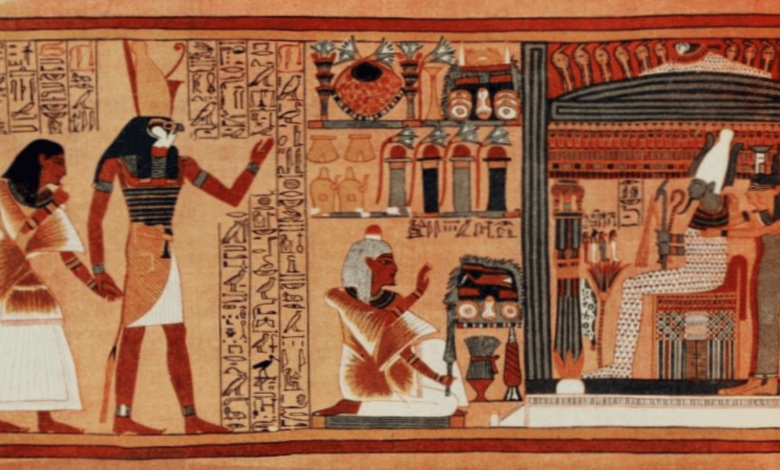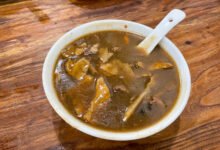Exploring the Mysteries of Oracle Bone Script: From Early Shang Writing to the Marvelous Legacy of Oracle Bones

Exploring the Mysteries of Oracle Bone Script: From Early Shang Writing to the Marvelous Legacy of Oracle Bones
In the splendid galaxy of Chinese civilization, oracle bone script shines like a dazzling star, exuding a mysterious and enchanting glow. Miao Lijuan, an associate professor at the Research Center of the Chinese Characters at Zhengzhou University, focuses on the study of bronze inscriptions. However, oracle bone script, as an important writing medium during the Shang Dynasty, has intricate connections with the writing system of the Early Shang period. So, what role did Zhengzhou, the capital of the Early Shang Dynasty in the present day, play in the formation and development of oracle bone script?
A series of archaeological discoveries in Zhengzhou have unveiled the mysterious veil of the writing system during the Early Shang period. Oracle bones with divination inscriptions unearthed at the Zhengzhou Shang City Site, cinnabar-scripted pottery jars found at the Xiaoshuangqiao Site, and bronze vessels inscribed with characters all demonstrate the maturity and complexity of the writing system during the Early Shang period.
On April 27th this year, at the Ninth Shang Dynasty Forum held at the Zhengzhou Shang Dynasty Site Museum, Yuan Guangkuo, a renowned archaeologist from the History School of Capital Normal University, put forward a groundbreaking theory regarding the origin of Chinese characters. He pointed out that based on the latest archaeological findings, considering both the writing forms and materials used, the oracle bone script of the Late Shang period evolved from the Early Shang writing system and had already become quite sophisticated. This indicates that the development of Chinese characters can be traced back to the Early Shang period.
In 1953, a beef rib with inscriptions was discovered at the Erligang Site in Zhengzhou. The three lines and 11 characters on the rib detail a sacrificial record from July, mentioning “Yi Chou Zhen” and a ritual involving “Tu Yang” (a type of sheep). Other textual remains have also been discovered at the Xiaoshuangqiao Site, such as a cinnabar-scripted pottery jar used for ritual purposes, which features relatively clear writing. Additionally, pottery with inscribed characters was found in discarded wells.
See also: 6 Ways to Register Your Website Easily
The inscriptions uncovered at the Xiaoshuangqiao Site can be classified into three categories: numerical characters, such as “two”, “three”, and “seven”; pictographs and symbols, with many inscriptions rendered in vivid cinnabar, preserving their clarity impressively; and sacrificial phrases, which, though often fragmented due to the pottery’s condition, still offer valuable insights into the ritual language of the era.
Some experts emphasize that the oracle bones with divination inscriptions unearthed at the Zhengzhou Shang City Site are the earliest known divination texts in China, marking the origins of the Late Shang Dynasty’s oracle bone script. The cinnabar and incised pottery inscriptions discovered at the Xiaoshuangqiao Site indicate that writing had already reached a relatively advanced stage during the Erligang period of the Early Shang Dynasty.
Miao Lijuan, the associate professor, believes that oracle bone script is the earliest known mature writing system found in China, but the development of writing is a long and gradual process. In Zhengzhou, archaeologists have not only discovered oracle bone script but also cinnabar-scripted pottery, incised pottery script, and bronze vessel inscriptions dating back to the Erligang period of the Early Shang Dynasty. These pieces of evidence clearly show the lineage between oracle bone script and the Early Shang writing system. For example, oracle bones frequently feature inscriptions treated with cinnabar or ink, leaving traces of red and black writing. Similarly, the cinnabar script found on pottery at the Xiaoshuangqiao Site was also written with red pigment. These characters share the same system as oracle bone script in terms of character shape, strokes, structure, and stylistic techniques, despite the fact that Early Shang writing, as exemplified by Xiaoshuangqiao, features fewer composite characters compared to those unearthed at the Yinxu Site. This demonstrates a clear lineage of inheritance.
In recent years, an oracle divination bone pit has been uncovered at the Xiaoshuangqiao Site. However, due to severe damage, only three stacks of oracle bones were found at its base, all devoid of inscriptions despite being neatly arranged.
Li Suting noted that the use of animal scapula for divination has a long history, with such bones found at Neolithic sites. During the Shang Dynasty, this practice expanded significantly, and many divination bones were uncovered at the Shang-era site in Zhengzhou, some of which include inscriptions. Besides divination bones, divination shells were also discovered at the Xiaoshuangqiao Site, but no writings have been identified on these oracle bones so far. Current archaeological evidence suggests that oracle bones might not have been the primary writing medium during the Early Shang period, as most writings discovered at the Xiaoshuangqiao Site are on ceramic artifacts.
“While oracle bones were an important medium for writing in the Late Shang period, they were not the sole medium during the Shang Dynasty,” said Miao. The Book of Documents mentions that “the Yin ancestors had books and records when the Yin Dynasty replaced the Xia Dynasty,” where the term “book” refers to bamboo slips bound together. The oracle bone script character for “book” resembles a series of bamboo slips tied with a string, and the character for “pen” depicts a hand holding a writing brush. This suggests that tools like bamboo slips and brushes were used during the Shang Dynasty.
Yuan Guangkuo pointed out that the written content found on bamboo slips from the Warring States, Qin, and Han periods suggests that bamboo slip script was already a predominant medium during the Shang Dynasty. These slips recorded political affairs, official decrees, astronomical calendars, and aspects of daily life, serving as a crucial repository for the dynasty’s archives, records, documents, laws, and regulations.
Miao Lijuan suggested that significant writing mediums, such as bamboo slips, might have been in use during the Early Shang period. Although the arid climate of northern China is harsh on the preservation of such materials, it is possible that some bamboo slips have survived and are still awaiting further archaeological discovery.

